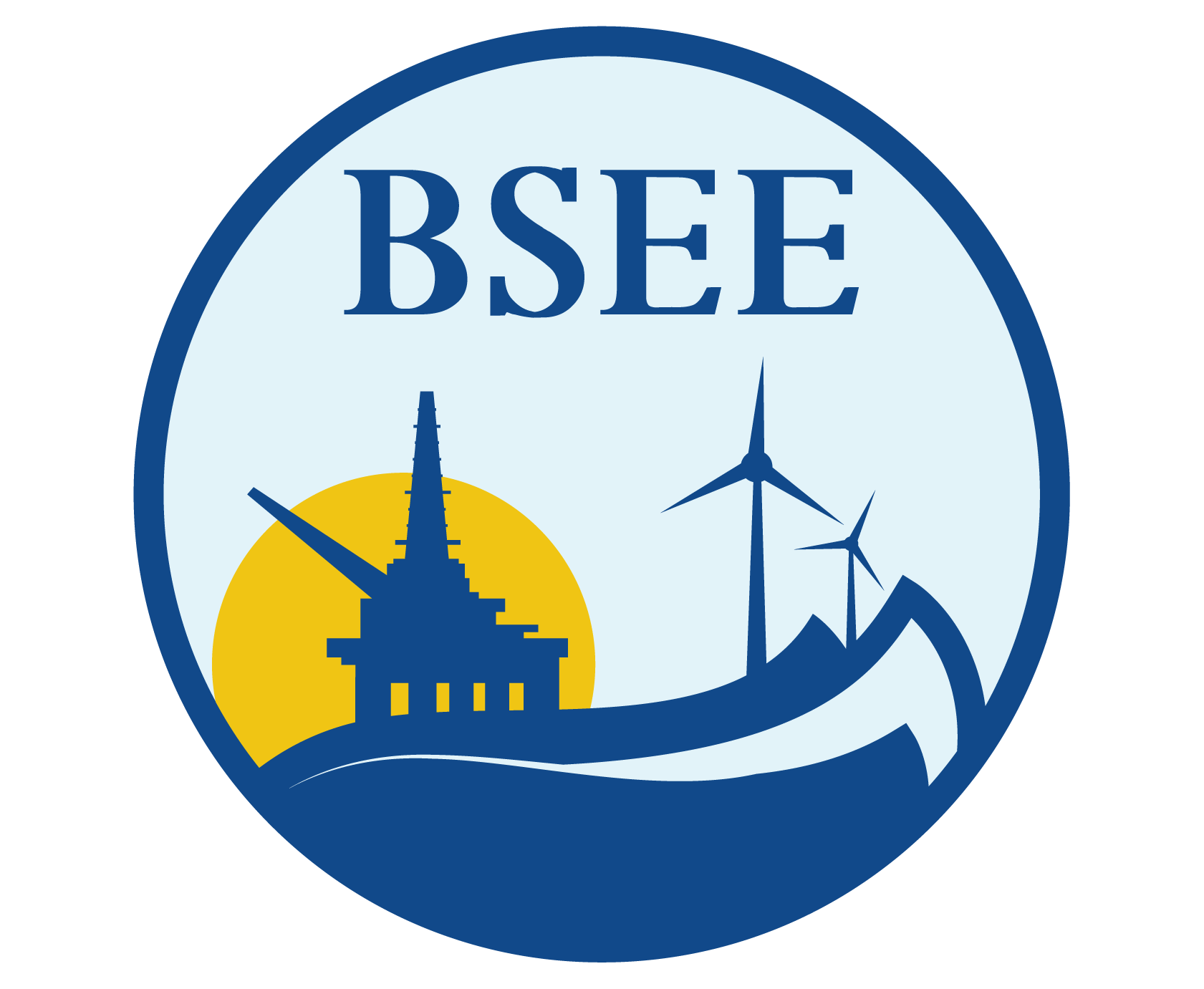TAP-695-Slug Loading and Response in Pipeline (SLARP) JIP
The overall description of the proposed research is to investigate and conclude current state of industry practice and technology gaps with respect to evaluating slugging effects on pipeline, spools and riser, to investigate alternative methodologies analysis methods for defining slug and turbulence loading and assessing structural response in pipeline and spool and riser, to develop best practices guideline for modeling and analysis of slug and turbulence loading and response of pipeline, spool and risers.
